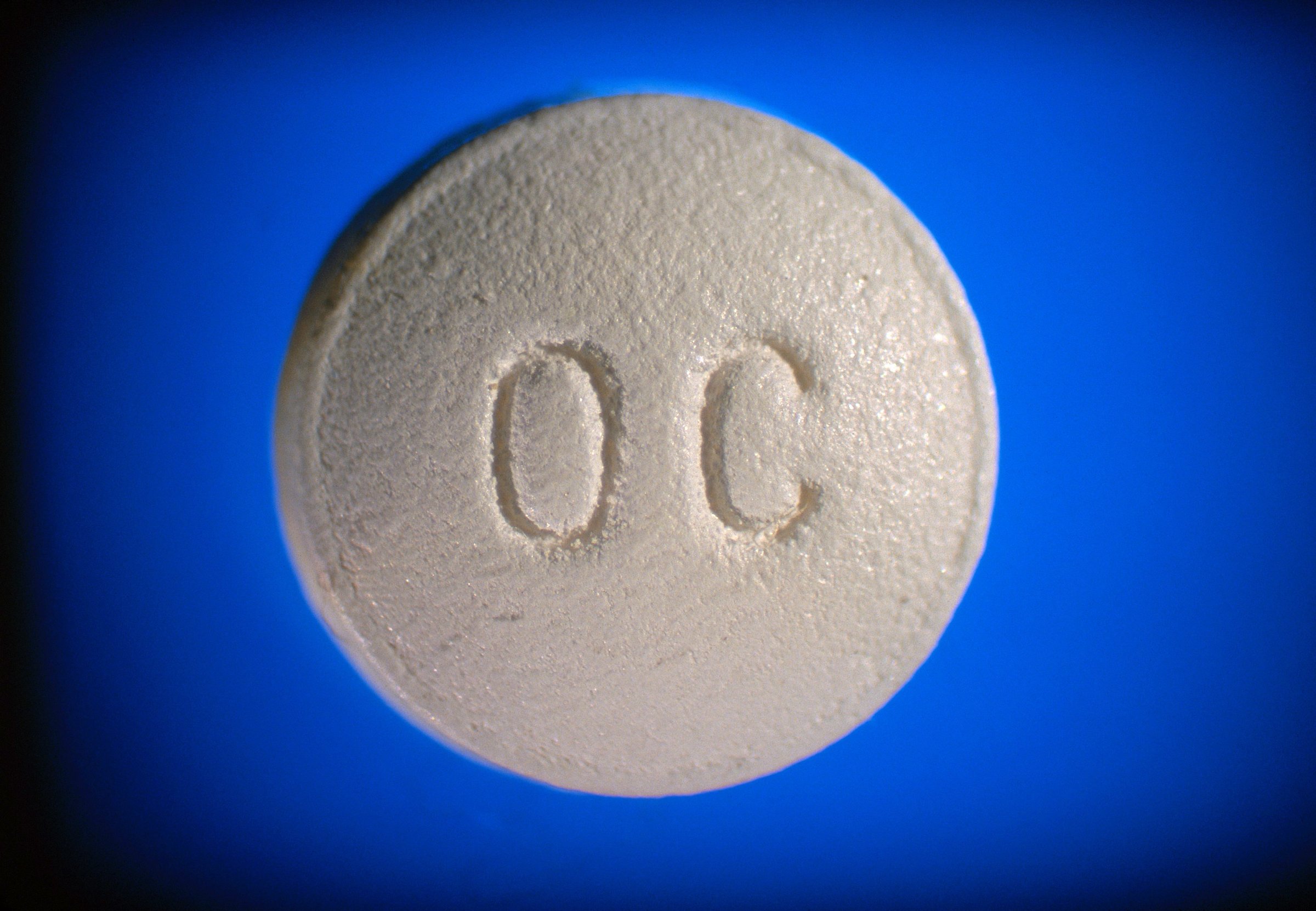
In the U.S., nearly two million people abuse prescription opioid painkillers. For many, an initial prescription to treat pain leads to a dangerous dependence and misuse that contributes to around 14,000 deaths each year. (See TIME’s recent interactive about the spread of the crisis here.)
In a new study published in the New England Journal of Medicine, scientists report on the results of the first study to look at an approved drug, naltrexone, for treating opiate dependence.
Dr. Joshua Lee and his colleagues focused specifically on a population of people previously addicted to opiates (mostly to heroin, a narcotic that works in similar ways as opioid pain killers in the body) and are at higher risk of relapsing — those who have been incarcerated. The most common treatment for opiate addiction, particularly in jail settings, is methadone or buprenorphine, which are opiates themselves and work by weaning people off opioids gradually while making the high from them less rewarding. People need to take these pills daily, however, so these treatments generally work well in controlled settings such as jails or hospitals, but aren’t as effective when people are released and left to seek their own treatment.
So Lee and his team looked at the possibility that an extended release version of naltrexone, a once-monthly injection, could help those in recovery to stay off opiates. They recruited 308 people who had previously been addicted to opiates and had been incarcerated, and randomly assigned half to take naltrexone and half to counseling. All had been through detox and were not currently using opiates.
MORE: CDC Releases National Standards for Prescription Painkillers
After six months, the people getting naltrexone showed dramatically improved recovery. About 43% of them relapsed, compared to 64% of those receiving standard treatment, and among those that relapsed, it took then twice as long until their first relapse as it did for people receiving counseling (10.5 weeks compared to five weeks). The naltrexone group also consistently had more negative urine samples throughout the study period of 18 months for opiates. Perhaps most important, the naltrexone group also showed no overdose events (death or hospitalizations) compared to seven in the control group.
MORE: Why You’ve Never Heard of the Vaccine for Heroin Addiction
“This buys people some time, it’s an insurance policy against relapse,” says Lee.
The effects, however, last only as long as the people continue getting the injections. In the study, the people received six monthly injections of naltrexone. When Lee’s team looked at how they were doing six months and a year after the last treatment, they found that the differences between the two groups had disappeared. That means that to prevent relapse, at least for now, the injections would need to continue.
Still, the monthly injections offer a more convenient and effective way to help people interested in recovering from opiate addiction. While some start on methadone or buprenorphine, eventually many stop taking the daily medications or are interested in looking for non-opiate ways to recover and prevent relapse. For them, naltrexone may be an option.
MORE: FDA Announces Stronger Warnings for Opioid Painkillers
But despite the fact that naltrexone was approved by the Food and Drug Administration in 2010 to treat opiate relapse (it was also previously approved to treat alcohol dependence), it hasn’t been embraced by addiction rehab facilities that help people recover from dependence. For one, it needs to be refrigerated and requires trained personnel to give the injection. Most addiction treatment facilities focus on counseling and behavior modification approaches and don’t rely as much on drug-based strategies.
MORE: 5 Charts That Show How Bad America’s Drug Problem Is
With the growing number of people becoming addicted to opioids, however, that may be changing as addiction experts start looking for better ways to help their clients. The expense of naltrexone has been another barrier, although coverage for the drug as a recovery treatment is also improving.
Lack of strong research supporting the effectiveness of naltrexone in real world settings, such as among the previously incarcerated population in the current study, has also been lacking. Lee says that some experts worry that people who use naltrexone and then stop getting the injections in order to return to using heroin or opiates could be at higher risk of over dosing. This study showed that’s not the case, and indicates that naltrexone could be a viable option for more people eager to recover. “It probably doesn’t get used enough in the U.S.,” he says. “Now we have some kind of hard data to look at. If that encourages more use of [extended release] naltrexone, then great. We shall see.”
More Must-Reads from TIME
- Cybersecurity Experts Are Sounding the Alarm on DOGE
- Meet the 2025 Women of the Year
- The Harsh Truth About Disability Inclusion
- Why Do More Young Adults Have Cancer?
- Colman Domingo Leads With Radical Love
- How to Get Better at Doing Things Alone
- Michelle Zauner Stares Down the Darkness
Contact us at letters@time.com